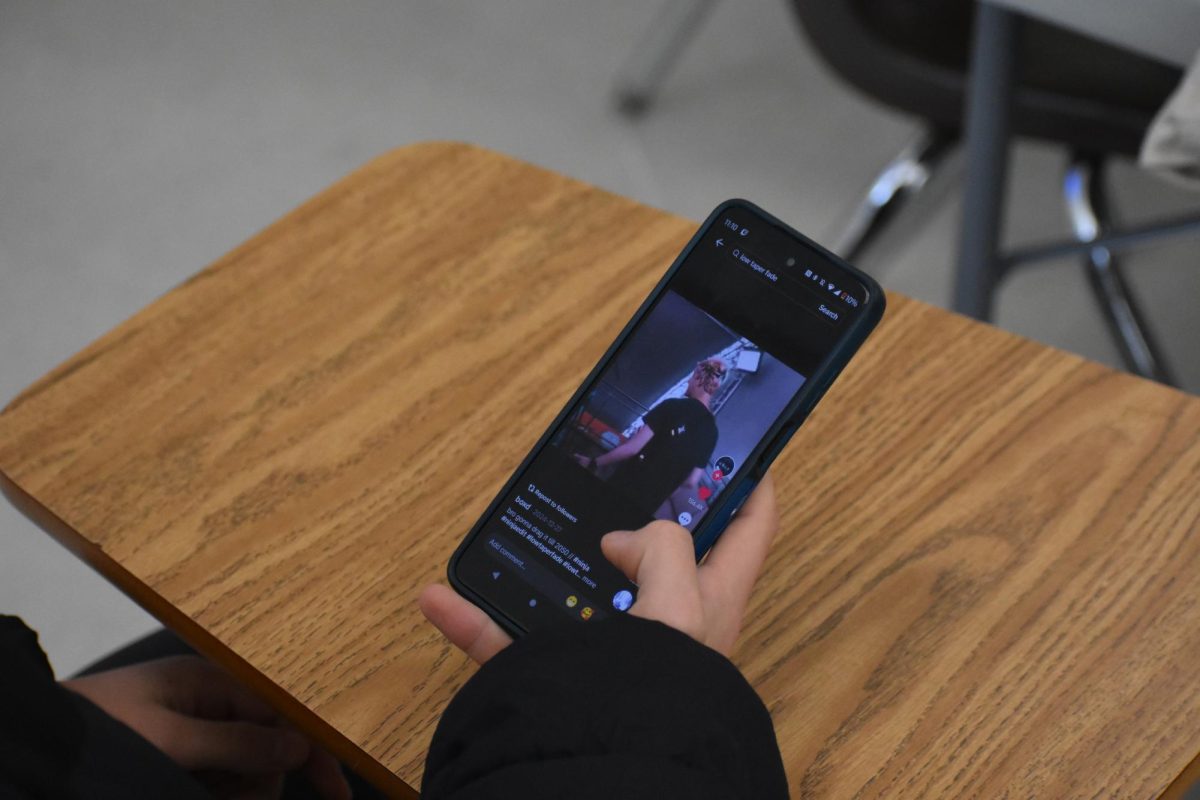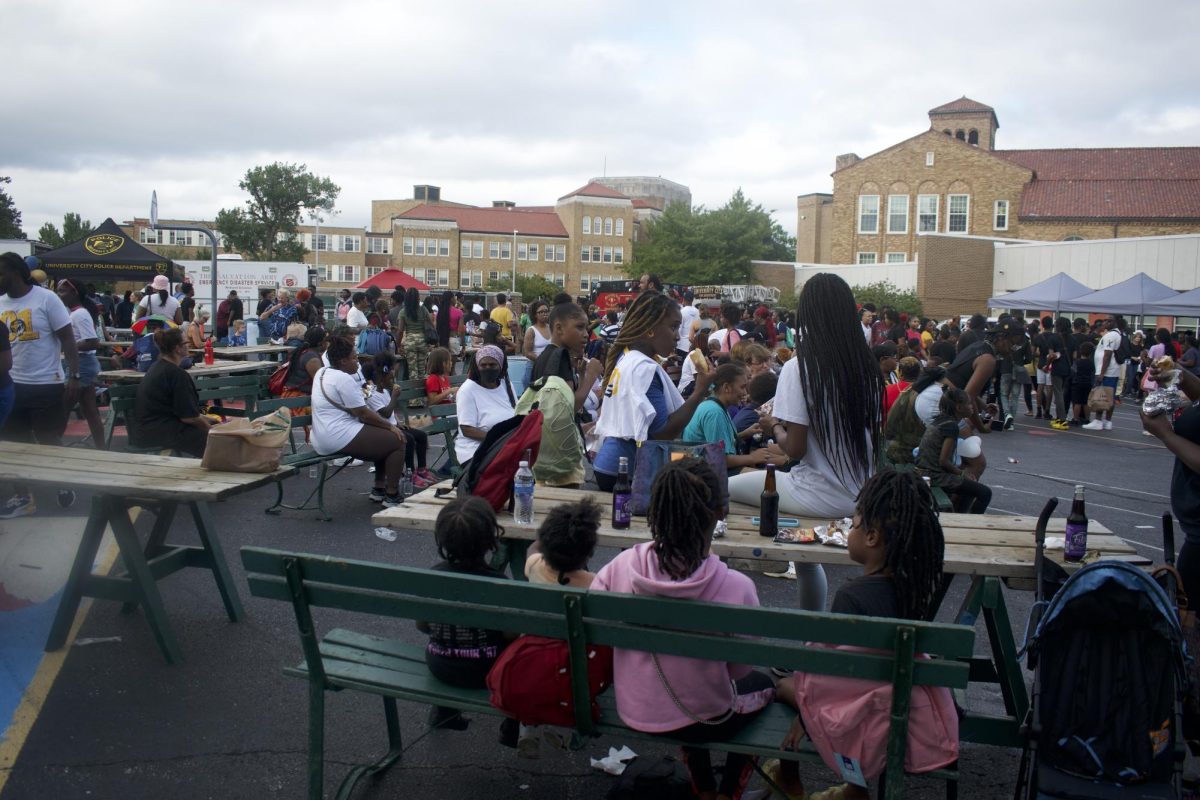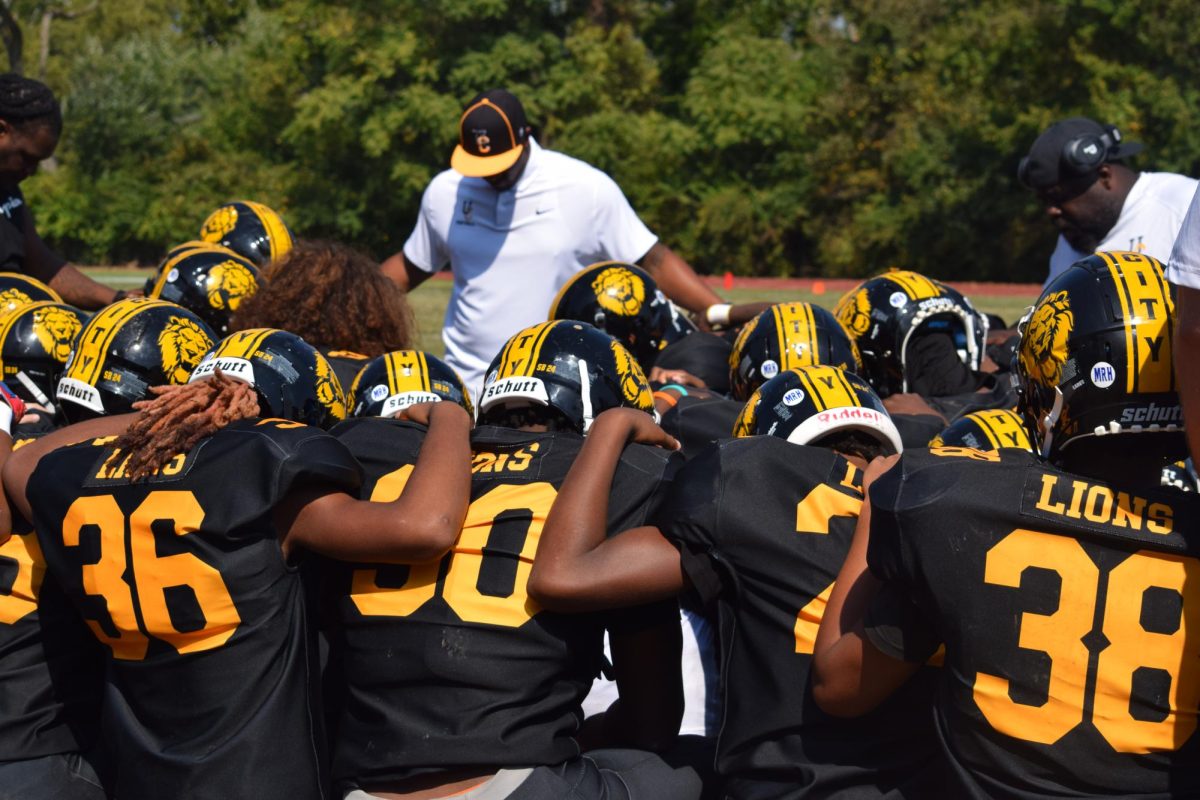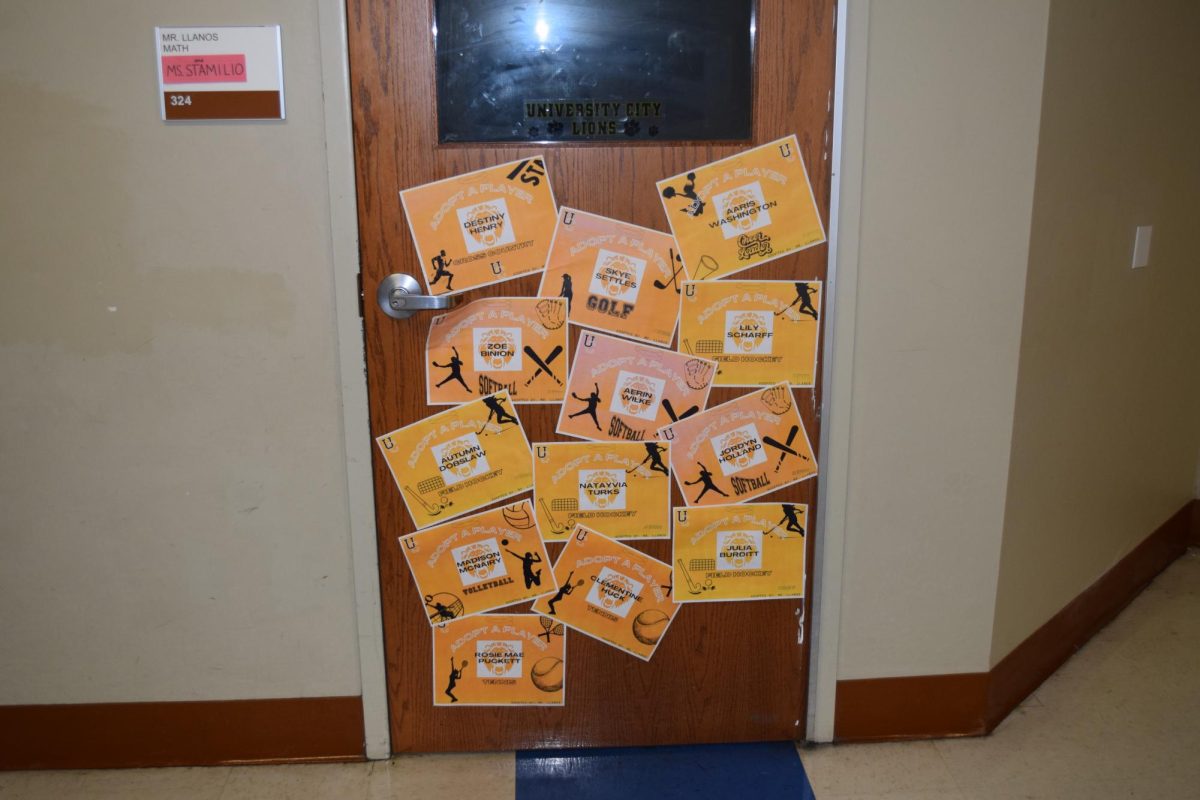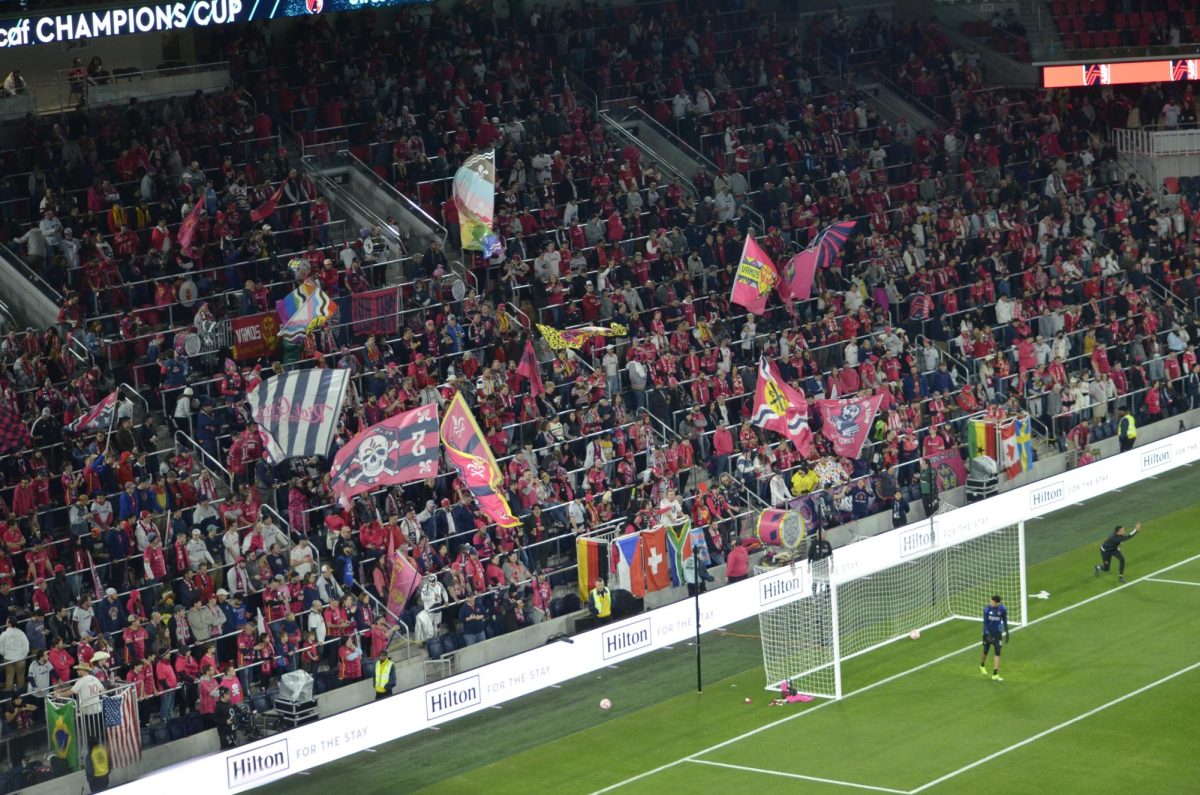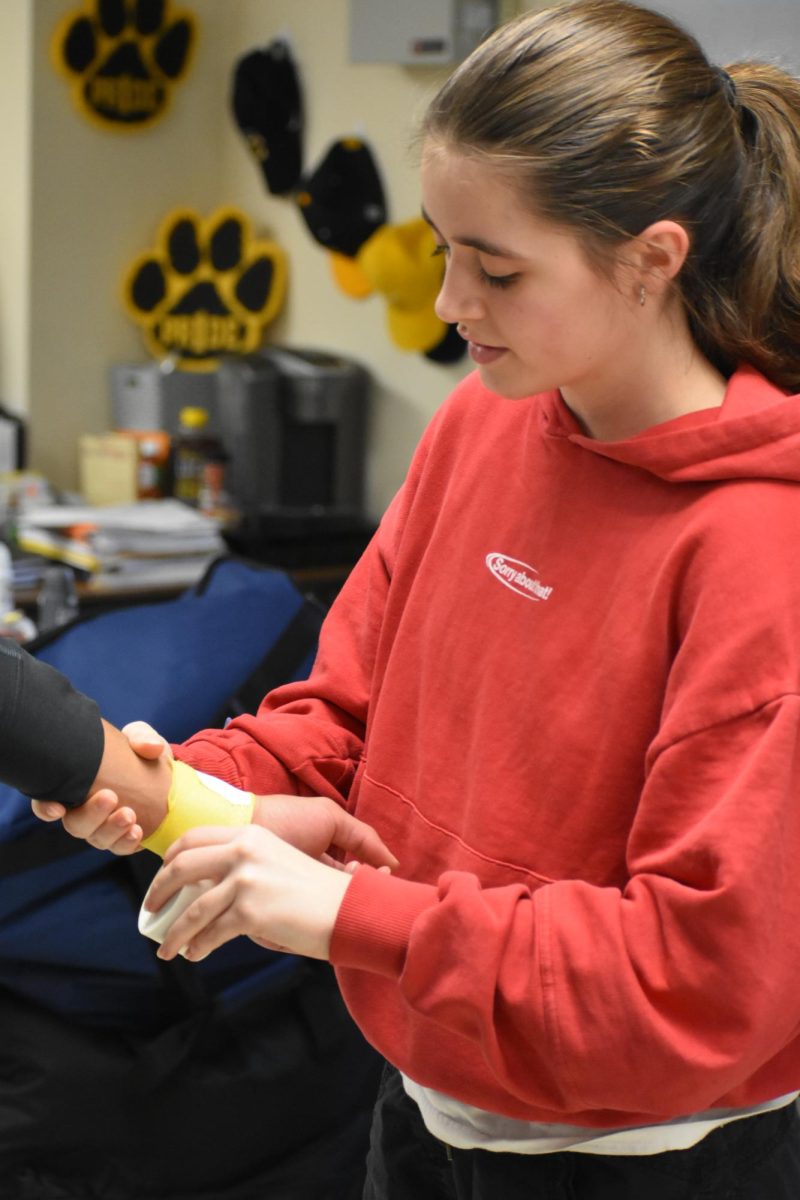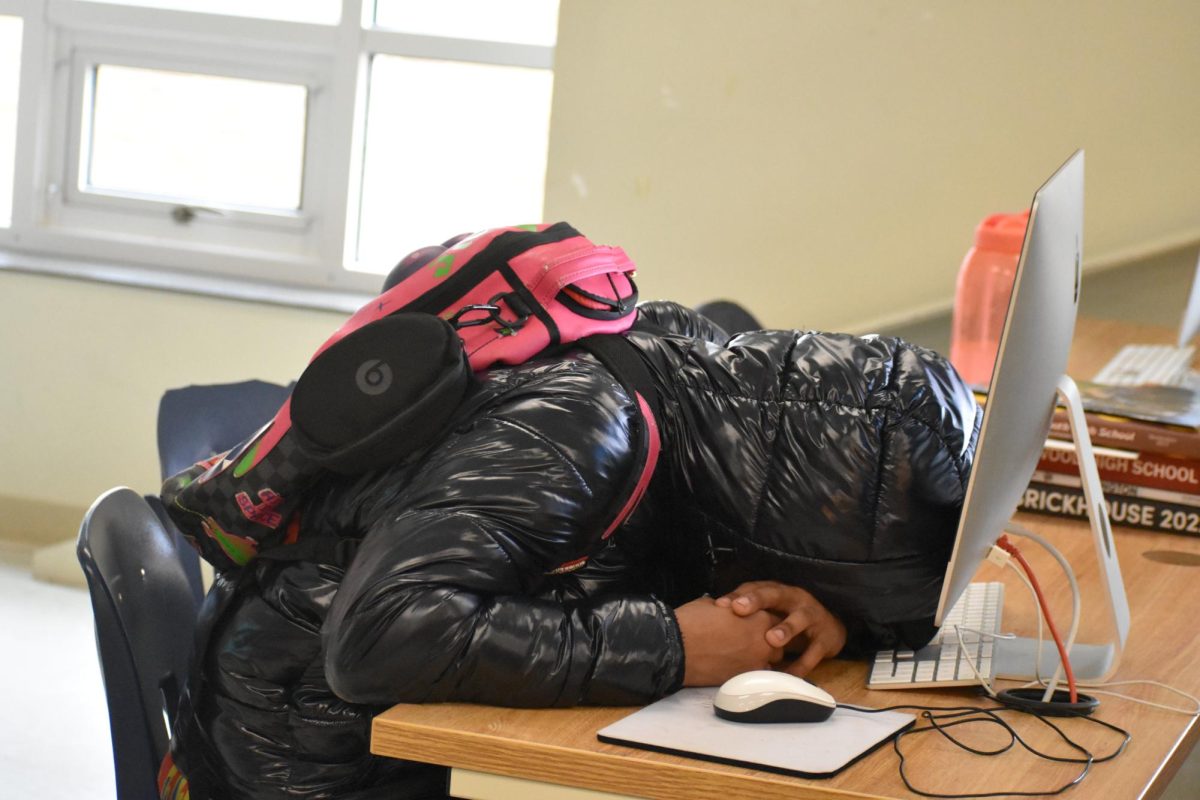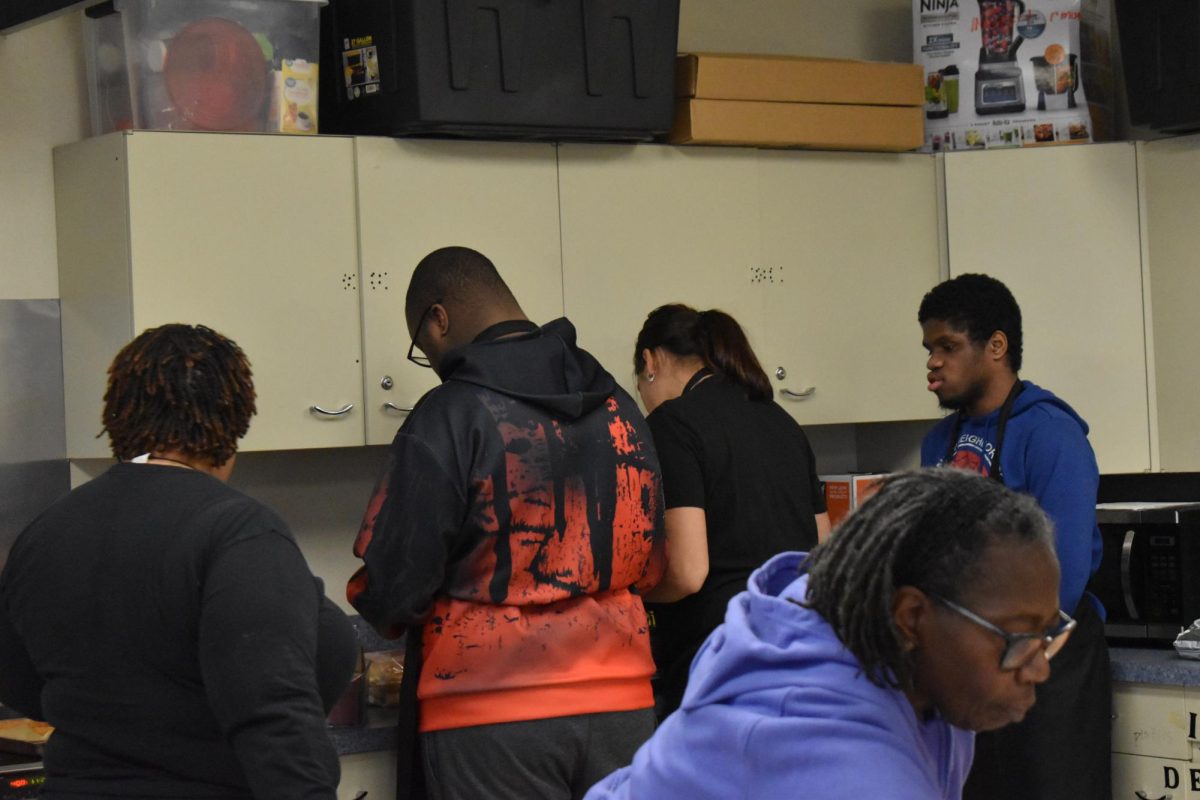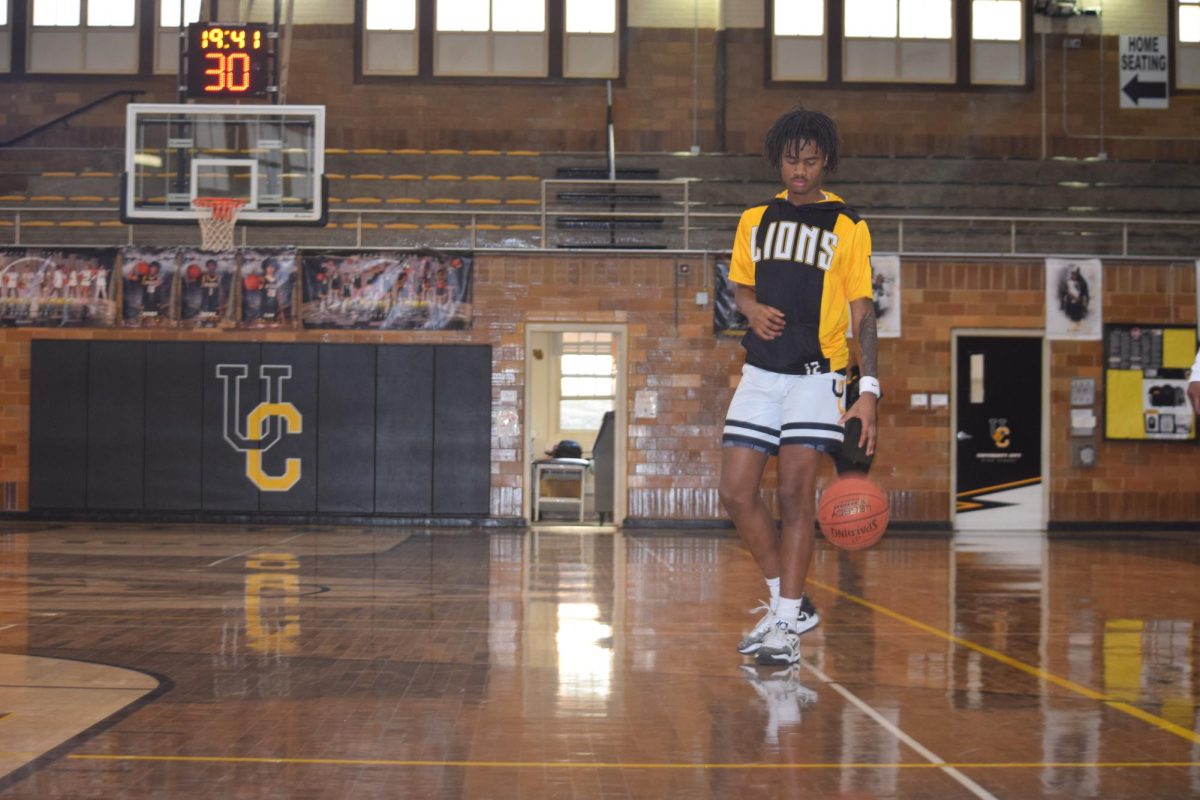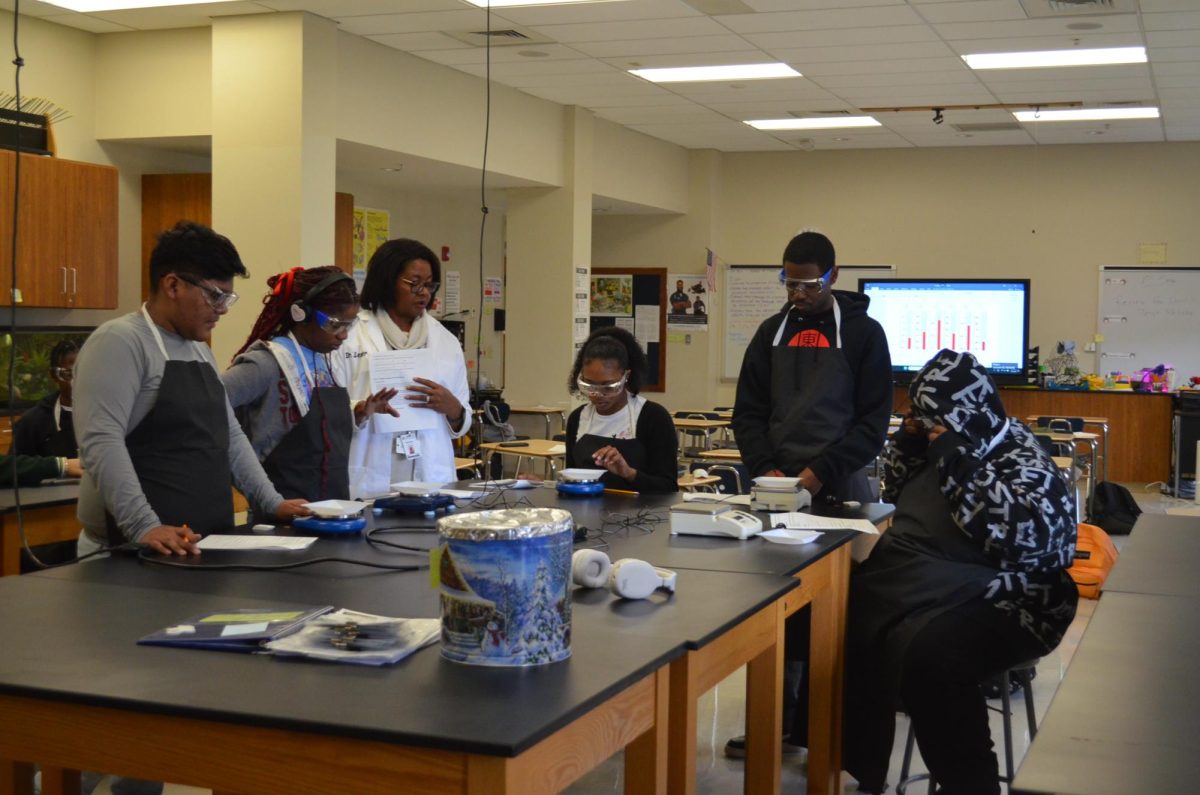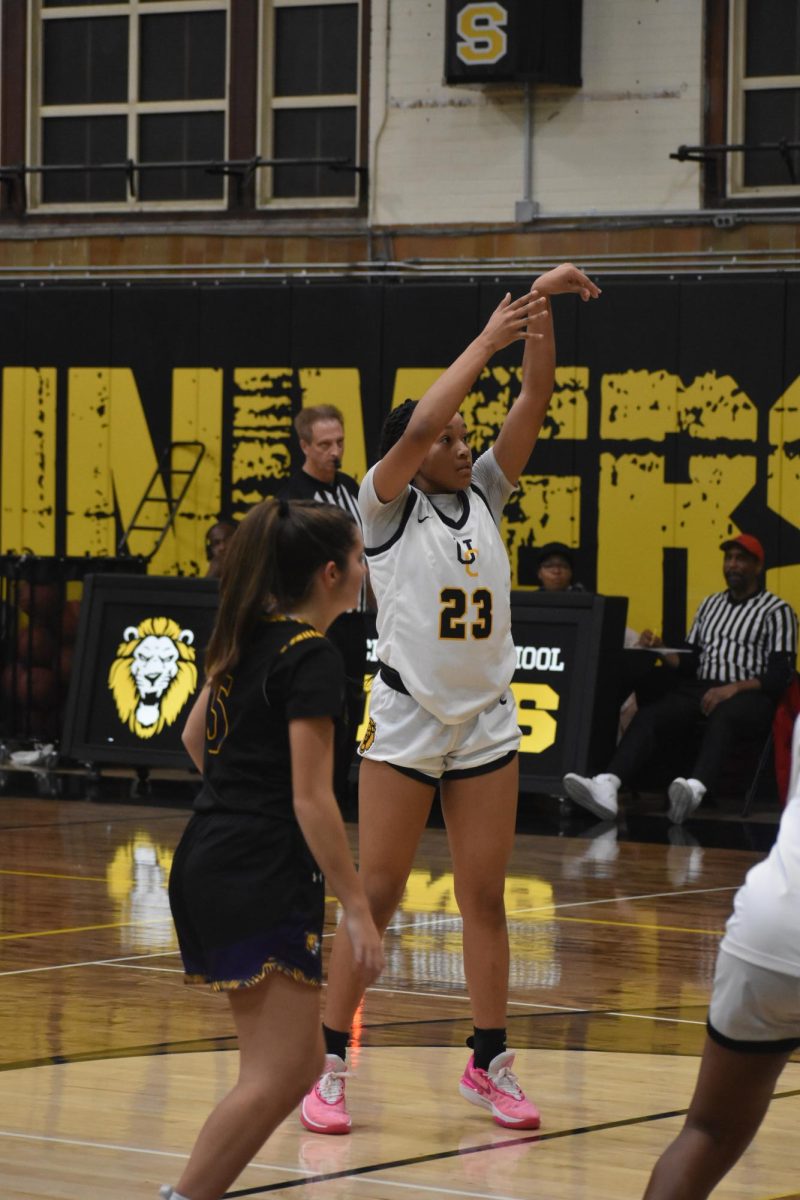Single story presents negativity
December 18, 2017
If you are a fan of “Ted Talks,” then you must watch novelist Chimamanda Adichie speak about the danger of a single story. If you live in University City, you must understand there is a danger in the single story associated with University City High School.
In case you haven’t heard, it’s a negative story about drugs, violence and low academics. It simply isn’t true, but since this story is consistently passed back and forth, it becomes somebody’s personal truth, and anything going against that truth, like the positive aspects of the high school, is wrong. People may perpetuate this story without even realizing it. As a result, it becomes widely understood as fact that people in the community are scared to send their children to U. City.
U. City is just like other high schools in the metro area. We have dedicated teachers who care about their students and want them to succeed. In fact, Matthew Horn, social studies teacher, was named one of six finalists for Missouri’s 2017-18 teacher of the year. We have sports and extracurricular programs. We have orchestra, band, choir, dance. We have partnerships with COCA, The Kennedy Center, Washington University, Regions and Royal Banks, The Green Center and FIRST Robotics. Students take the same classes that are offered at other schools. However, there is one major difference. We are a majority African American school.
The Missouri Department of Elementary and Secondary Education reports that in 2017 the high school was 86% African American and 8% white, which is different from Flynn Park Elementary School at 53% African American and 31% white. Jackson Park’s demographics are similar to the high school with 80.2% African American and 12.8% white. Not only are the white families fleeing before they attend the district high school, but also black families who feel the school is not up to their standards.
“I’ll hear people say we don’t have AP classes here,” said Susan Hill, principal. “We have just as many AP classes as Clayton. Or that our kids don’t go to college–we send kids to some of the most competitive schools in the nation. We just had two kids with perfect scores on their ACT.”
As a white person, I’m a minority at my school. I don’t have any fear about the demographics at my school, and because of that, I’ve received an amazing experience and countless opportunities. Through my school, I was selected to be in Youth Leadership Saint Louis, a nationally recognized program. I also received a scholarship to attend a National Leadership conference in Michigan affiliated with the American Youth Foundation. For the second year, I am newspaper co-editor and I’ve taken several AP and dual enrollment classes. I feel thoroughly prepared for college.
My experience at U. City is not uncommon. The fear of the high school is manifested in racial biases and stereotypes. Unfortunately, people typically associate drugs, fights, guns and gangs with African Americans so they assume these negative things about the high school without even setting foot in the school. If they did, then much to their surprise, they would see that we are just like most any other high school.
“I believe that as a school community, we must do a better job of authentically telling our story,” Sharonica Hardin-Bartley, superintendent, said. “When I interact with all parents, I articulate why I am choosing University City for my daughter. I believe in public education, we have solid academic programs that if implemented with fidelity will yield positive outcomes for students.”
It is easy to look at statistics and make assumptions. However, don’t assume that U. City has different problems than any other high school in St. Louis. We may have a higher population of students who are African American and a higher percentage of students who qualify for free and reduced (price) lunch, but that only provides opportunities for students to better understand the world outside of U. City. We think of ourselves as the U. City family.
It won’t be easy to eliminate the negative stereotypes. It won’t be easy to change the single story. However, it starts with students, staff and community members beginning to spread a positive narrative and start taking pride in the school. There is also a responsibility on the people who say negative things about the high school to look past that and listen to the facts. Take a walk through our school on any given day. We need to come together as a high school and community to spread a counter narrative and challenge biases to promote change in our community. After all, we are the U. City family.

